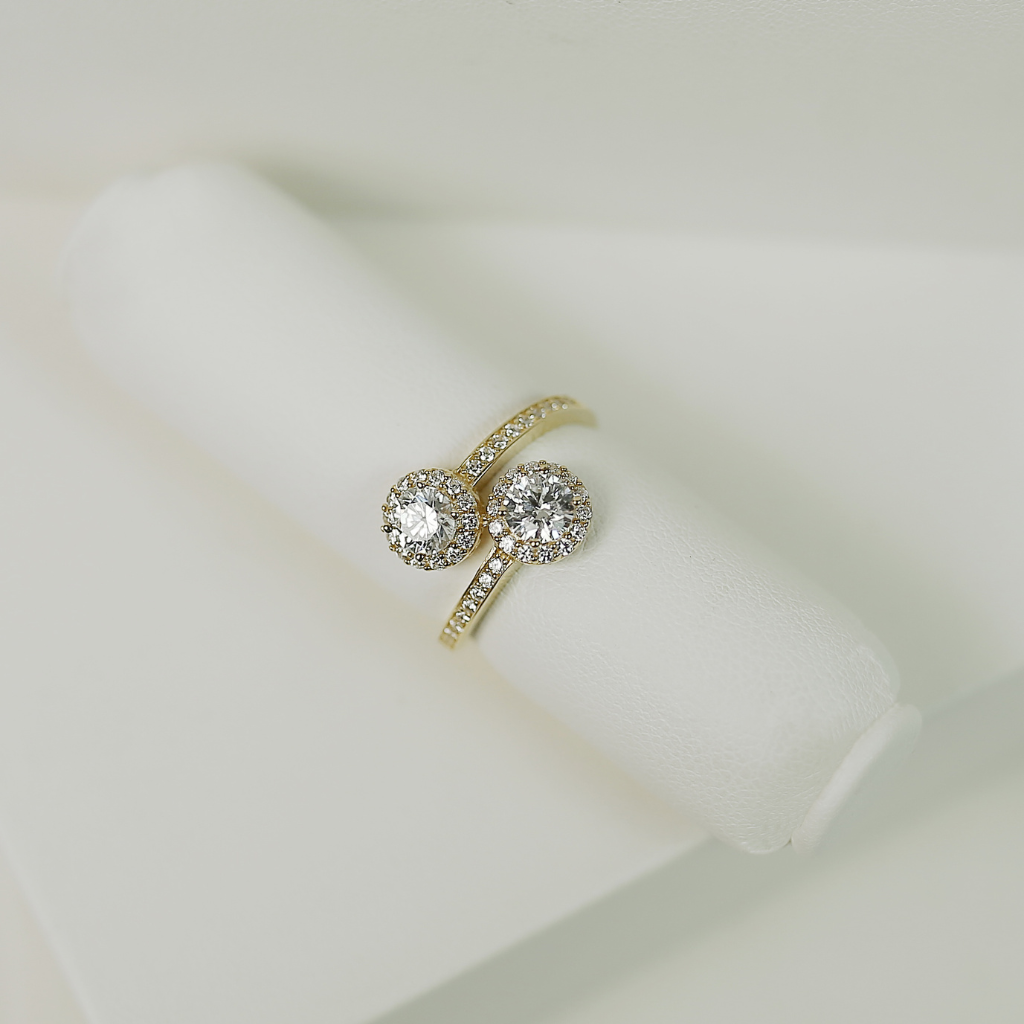What is Contrast?
by siteadmin

Contrast in photography is one of the most important aspects. It helps your photos stand apart from the rest.
There are many kinds of contrast in photography. It all depends upon your style and how you want the subject to be presented. You might prefer one type of contrast to another, or you may choose to use multiple types at once.
Color
Contrasting colors make photography more interesting. They help make the subject stand out and guide your eye around the photo.
Color contrast can be used for landscape, portrait and motion photos as well as still life images. It can be used to emphasize the textures or create more ethereal images.
You will need to have a basic understanding of color theory in order to create contrast. Understanding the color wheel is a good place to start. It helps you understand how complementary colors and contrasting colours work together.
Tonal
If you are shooting photos for storytelling purposes, it is important to consider how tonal contrast can enhance your images' appeal. It can help create a narrative, evoke emotion, and trigger thoughts about life's value.
Tonal contrast can be adjusted in post-production for an increased or decreased effect. It's up you to determine what works for your photo and the composition.
High-contrast photos use a wide range tones that range from bright to darker. This is the key to a great photograph.
Composition
Composition refers to the arrangement of elements in a frame that makes an image look presentable and allows the viewer to focus on your subject. It is an important aspect of photography that can be learned and mastered over time.
You have many options for compositional methods to create better photos. Some of them can be mathematically based, like the rule-of-thirds, while others can be more natural.
Incorporating frames into your images can add depth and drama. These frames can be man-made or natural and can help to emphasize the main subject or add interest to your entire frame.
There are no universal rules for composition. However, there is a set of guidelines that you can follow to improve the quality of your photography. These include the rule to thirds, negative spaces, and lead lines.
Light
Photography is all about light. It can affect everything, from your shutter settings and exposure to your color choices, and even your post processing options.
It can be used to highlight elements in your photos, add depth and interest, and also serve as a creative tool. Contrast is a subjective element, and your creativity and style will determine how it looks.
High-contrast photographs often feature bright highlights and dark shadows. Low-contrast images might have darker tones, or shades of grey. This will allow you to create stunning photos that will stand out among the crowd.
It's best to experiment with different types of contrast in your photography. This will allow to you to discover your own creative vision, and what works best.
Contrast in photography is one of the most important aspects. It helps your photos stand apart from the rest. There are many kinds of contrast in photography. It all depends upon your style and how you want the subject to be presented. You might prefer one type of contrast to another, or you may choose…
Recent Posts
- Revolutionizing Floral Art with Inspired Seasonal Collections and Stunning Ceremony Settings
- Boston Roofing Co. Sets New Standards in Roofing Services in Boston
- Relief Recovery Center: A Comprehensive Approach to Addiction Recovery
- Relief Recovery Center: A Comprehensive Approach to Addiction Recovery
- How to Find Roses for Every Occasion
